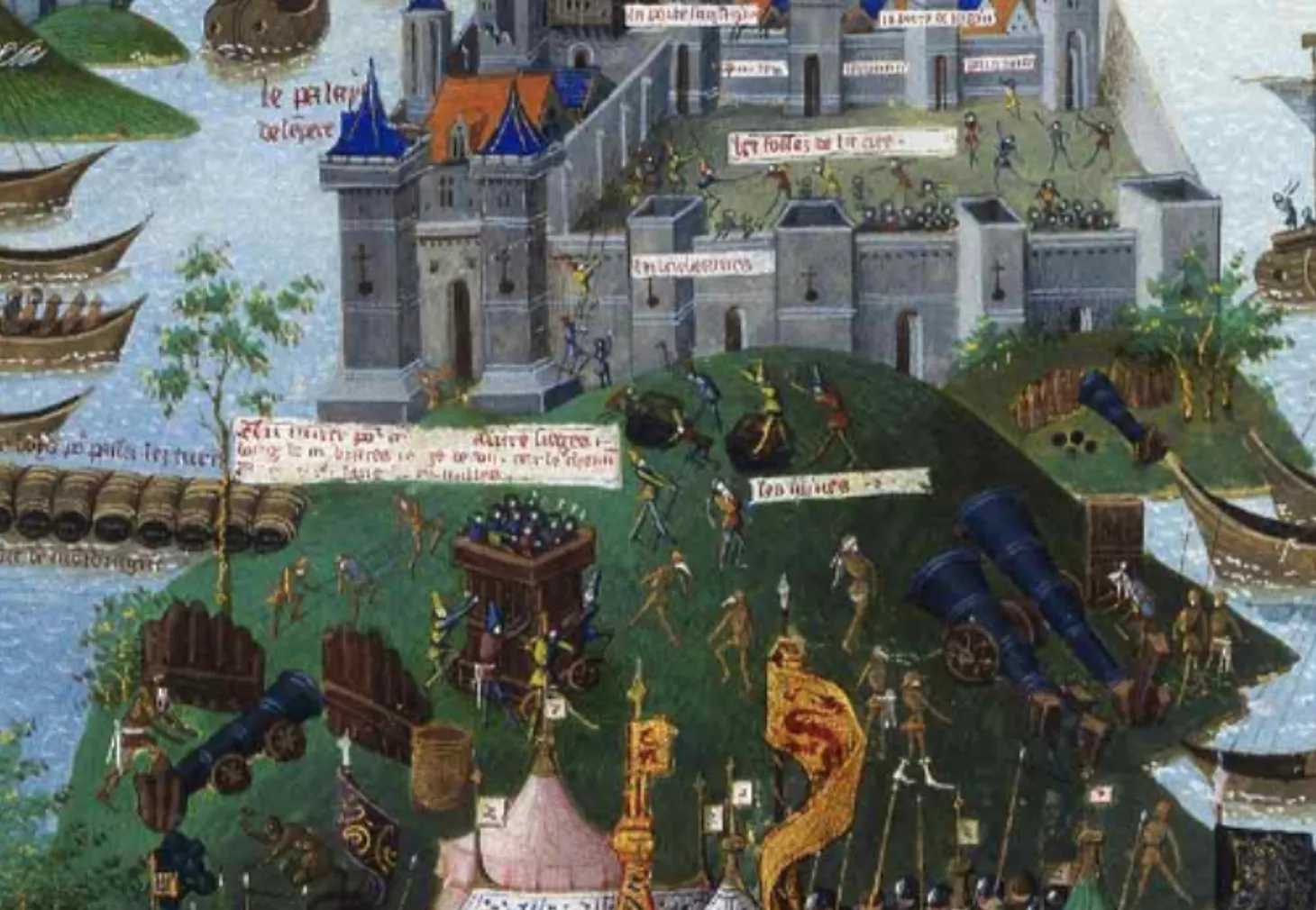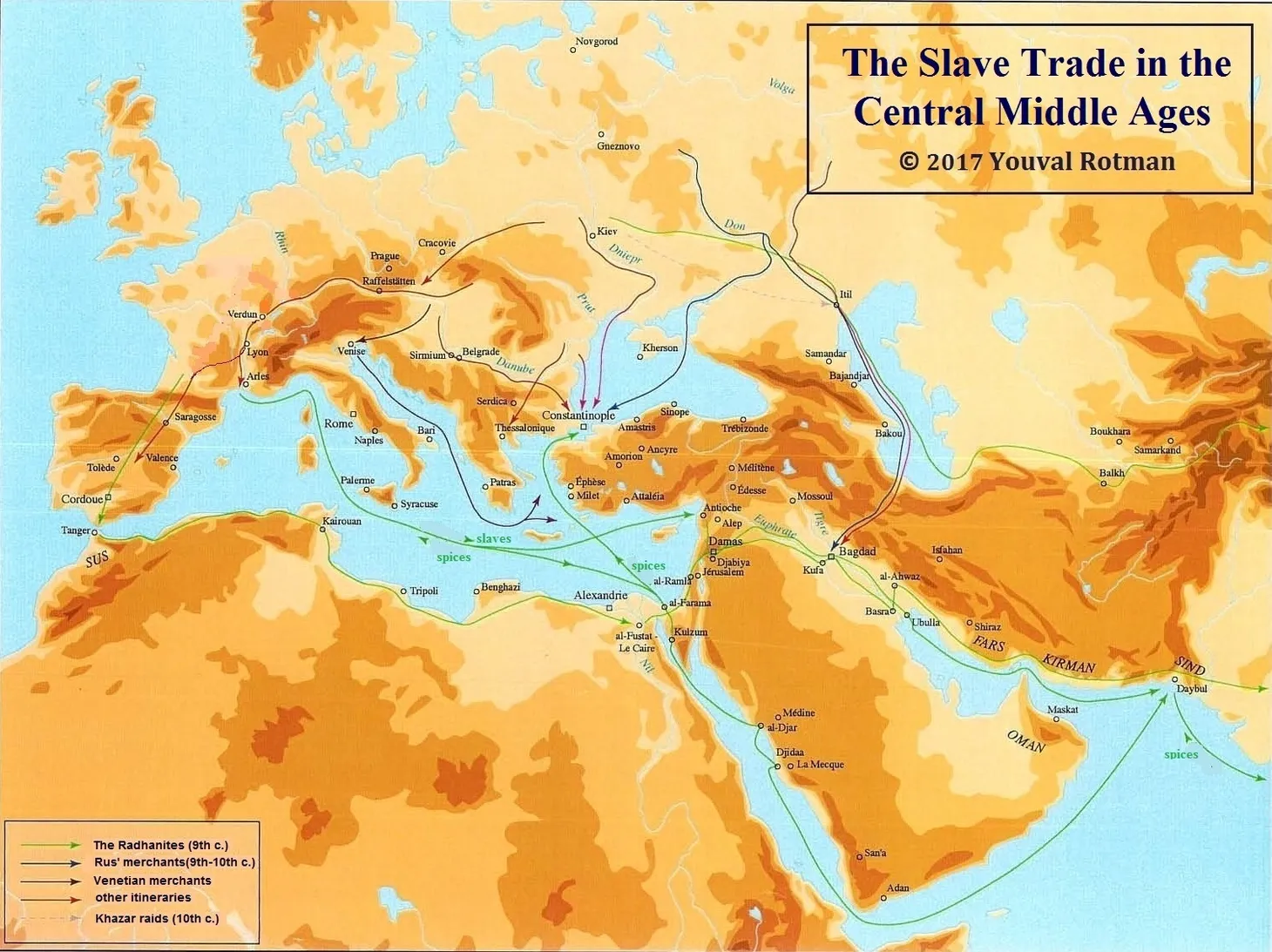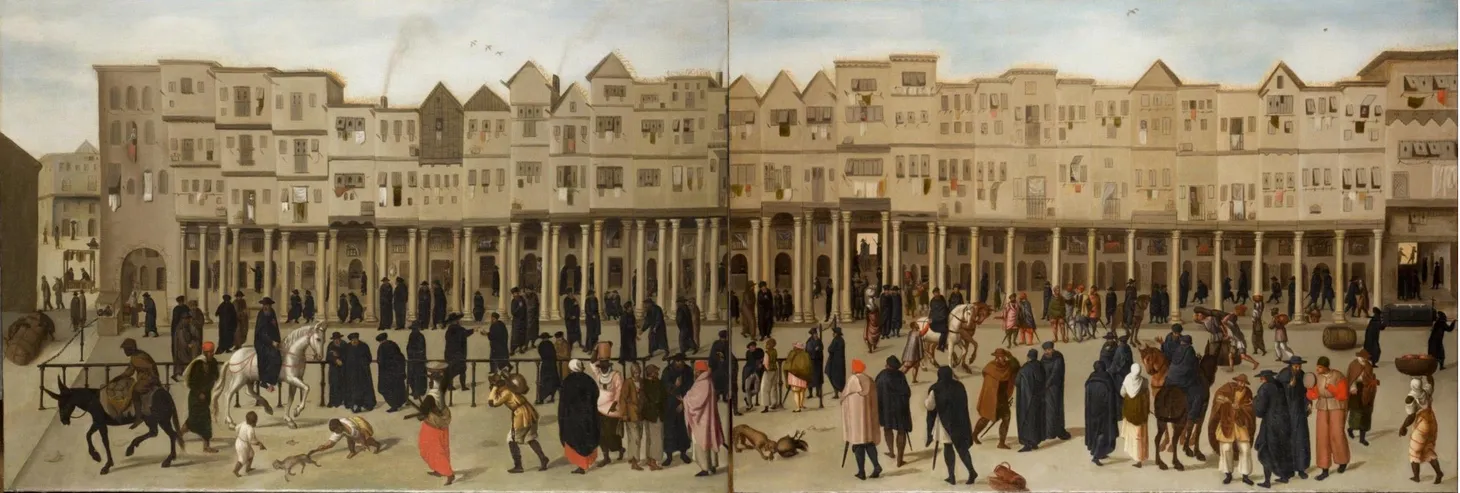Europe
More Thunderbolts: Gunpowder and the Ottoman Empire
An example of the use of gunpowder weapons to facilitate expansion of the Ottoman Empire

“The Invaders Will Know No Tranquility”: The Transition to New Imperialism, 1840-1880
A discussion of how to teach European imperialism between 1840 and 1880.

“Pilfering Our Resources”: Teaching the Causes of New Imperialism with Primary Sources
A discussion of how to teach the causes of New Imperialism using primary sources.

“A Right Notion of Life”: The Ottomans in 1700
A discussion of teaching the Ottoman Empire in 1700 using an image of the Sultan’s mother drinking coffee.

An Elephant in Belgrade: The Ottoman Empire as an Afroeurasian Empire in the Sixteenth Century
A discussion of teaching the Ottoman Empire in the sixteenth century as an Afroeurasia empire using an image from the Süleymanname.

“Addicted to the Coffeehouse”: Snapshots from the Ottoman Empire
A discussion of the challenges of teaching the Ottomans in world history courses and how to use an Ottoman coffeehouse to teach about the empire

Monthly Digest: September 2022
On the last day of each month, I will send out a post that includes some brief reflections on the past month, a recap of all the posts published during the previous month, and my monthly travel tale. My crazy dream has become reality Liberating Narratives began as a blog

From Dublin to Shandong: Slavery and Slaving in Afroeurasia before 1400 C.E.
A discussion of how to provide some historical context of Afroeurasian slavery to help students understand the Transatlantic slave system.

Revolutionary Revolutions: Rethinking how we teach the political revolutions between 1750 and 1900
Dear #APworld teachers, if you want a fresh, global approach to teaching revolutions, come check out our #whapchat discussion this week led by @ERBeckman and @bramhubbell - I know I’m spending some time this weekend revamping my lessons! #sschat #worldhistory #historyteacher https://t.co/Av5nMPkyfp — Angela A. Lee (@mrshistorylee)

Two Views of Global Lisbon
In October of 2016, I was exploring the Navy Museum in Lisbon. For a country with such a rich maritime history, I was somewhat disappointed with the museum itself. But as I was wandering through the bookstore on my way out, I came across this incredible book by edited by

